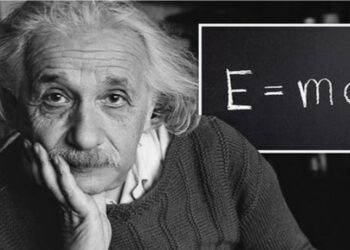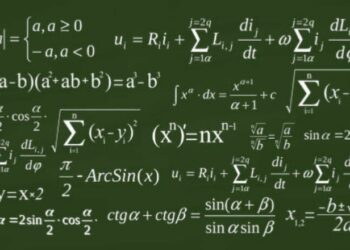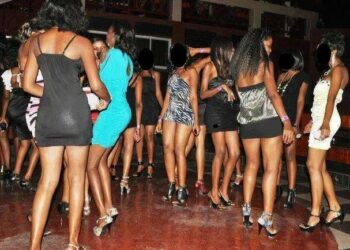To grasp the fundamentals of ice hockey, understanding the art of shooting is essential, as it can determine the fate of a team, whether they emerge victorious or not. Players must acquire proficiency in a range of shooting techniques to excel in this sport. In the forthcoming article, we will delve into the diverse types of shots in hockey, highlighting their techniques, the specific game scenarios in which they prove valuable, and the pivotal role they play in molding a well-rounded player. If you’re also keen on mastering the world of betting, take a moment to learn how to register by clicking here: https://1xbet-uganda.ug/registration/. You’ll uncover a myriad of intriguing betting options!
Wrist
The wrist shot is one of hockey’s most basic and commonly used shots. Its quick release and accuracy characterize it. To execute a wrist, a player:
- Flexes the stick by leaning its weight into it.
- Places the puck in front of them.
- Rolls their wrists to generate power and accuracy.
- Releases the puck with a flicking motion of the wrists.
Wrists are versatile and effective for quick releases in tight spaces, making them valuable in various game situations, including breakaways, one-timers, and shots from the slot.
Snap
The snapshot is similar to the wrist but involves a more pronounced “snap” or “pop” of the wrist to generate speed. It is a quick and deceptive hit that surprises goaltenders. To execute a snapshot, a player:
- Flexes the stick and loads energy into it.
- Pulls the puck toward their body.
- Snaps their wrists forward, releasing the puck rapidly.
Snapshots are often used when a player has limited time and space to shoot, making it a valuable weapon for forwards in tight situations.
Slap
The slap is one of hockey’s most influential and intimidating hits. It involves a wind-up and a full swing to generate maximum velocity. To execute a slap shot, a player:
- It takes a wind-up, often lifting their stick high.
- Strikes the ice a few inches behind the puck, loading energy.
- He follows through with a mighty swing, making contact with the puck.
Defensemen typically use Slap shots from the point during power plays or when the player has time to set up. They are less common for forwards in close-quarters situations due to the longer wind-up.
Backhand
The backhand shot is executed with the backside of the blade and is a valuable tool in a player’s repertoire. To perform a backhand shot, a player:
- Shifts their weight to the back foot.
- Rolls the wrists to angle the blade.
- Releases the puck with a sweeping motion.
Backhand shots are advantageous when players are in an awkward position, need to surprise the goalie, or want to tuck the puck under the goaltender’s pads in close-range situations.
One-Timer
The one-timer is a shot taken directly off a pass without settling the puck first. It requires impeccable timing and hand-eye coordination. To execute a one-timer, a player:
- Sets up in the shooting position.
- Prepares for the incoming pass.
- Times the shot to make contact with the puck as it arrives.
One-timers are often used on power plays and in situations where quick shots are essential to catch the goaltender off guard.
Deflection
Deflections involve changing the puck’s direction with a part of the body, typically the stick blade or body. To execute a deflection, a player:
- Positions themselves in front of the net or a high-scoring area.
- They use their stick blade or body to redirect the puck.
Deflections are effective for creating unpredictable shot trajectories, making it challenging for goaltenders to make saves.
Wraparound
The wraparound shot is a deceptive maneuver used when a player skates behind the net and attempts to tuck the puck into the far side of the goal. To execute a wraparound, a player:
- Carries the puck behind the net at high speed.
- Attempts to catch the goaltender off guard by quickly moving the puck to the far side of the net.
Wraparounds require speed, agility, and timing to be successful and are often used as a surprise tactic.
Deke (Dribble)
The deke, short for “decoy,” involves a player using stickhandling skills to deceive the goaltender and defenders. It is not a traditional shot but a move to create an open shooting lane. To execute a deke, a player:
- Uses quick stickhandling movements to fake a shot or pass.
- Maneuvers around defenders or goaltenders to create an open net.
Dekes are often used in breakaway situations or during penalty shots to outwit the goaltender.
Bank
The bank is a creative and less conventional shot where a player uses the boards to redirect the puck into the net. To execute a bank, a player:
- Angles the hit off the boards, causing the puck to rebound toward the net.
Bank shots are typically used when a player has a difficult angle to shoot directly at the net or wants to surprise the goaltender.
Conclusion
Mastering the various types of hits in hockey is essential for becoming an adequate player. Each type of shot has unique characteristics and is suited for different game situations. Whether it’s the wrist’s accuracy, the slap power, or the snap quickness, players must develop a diverse shooting repertoire to adapt to the game’s dynamic nature. Understanding when and how to execute these hits can be the key to success and contribute to a player’s ability to impact the ice significantly.
Do you have a story in your community or an opinion to share with us: Email us at editorial@watchdoguganda.com












